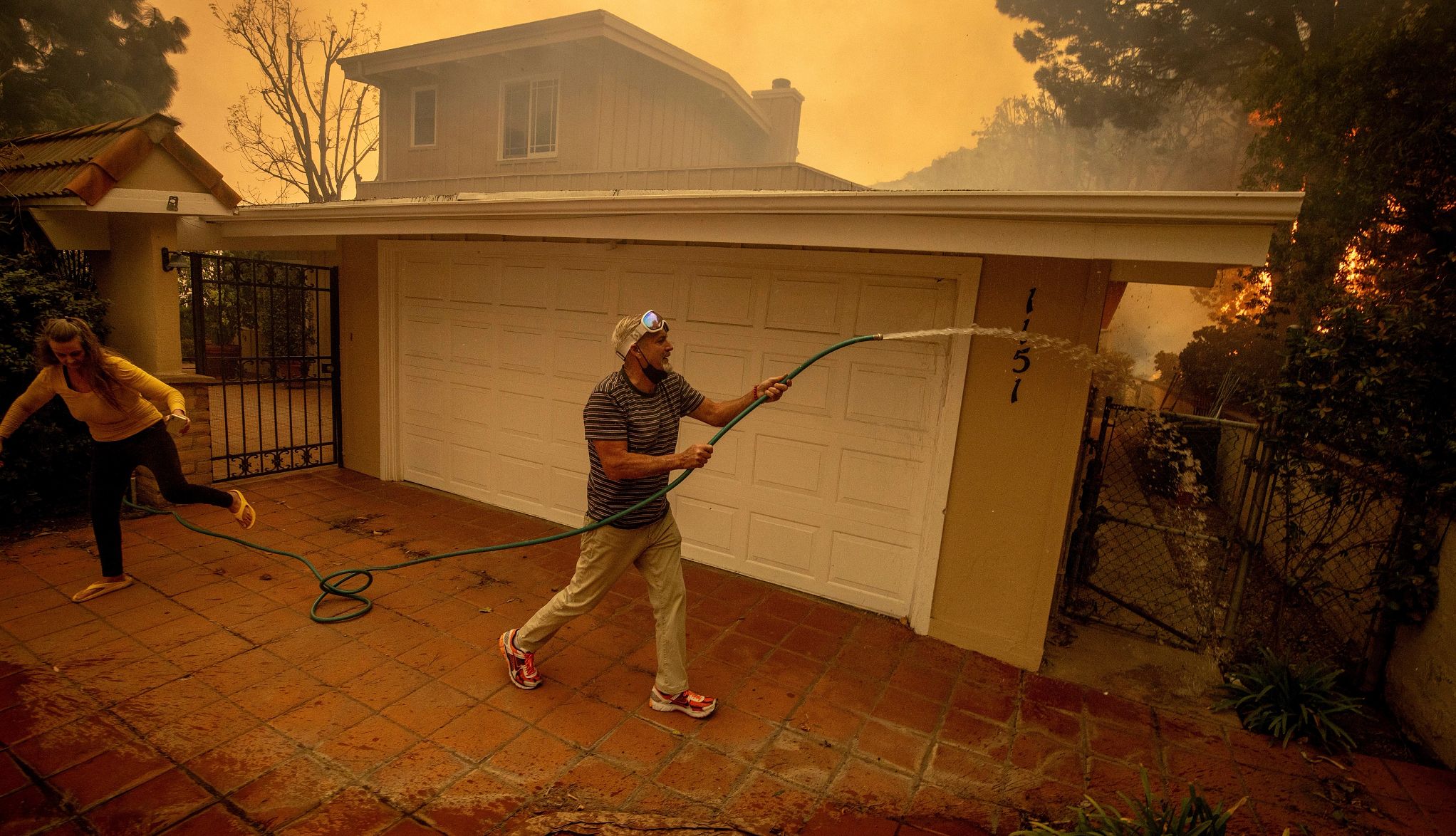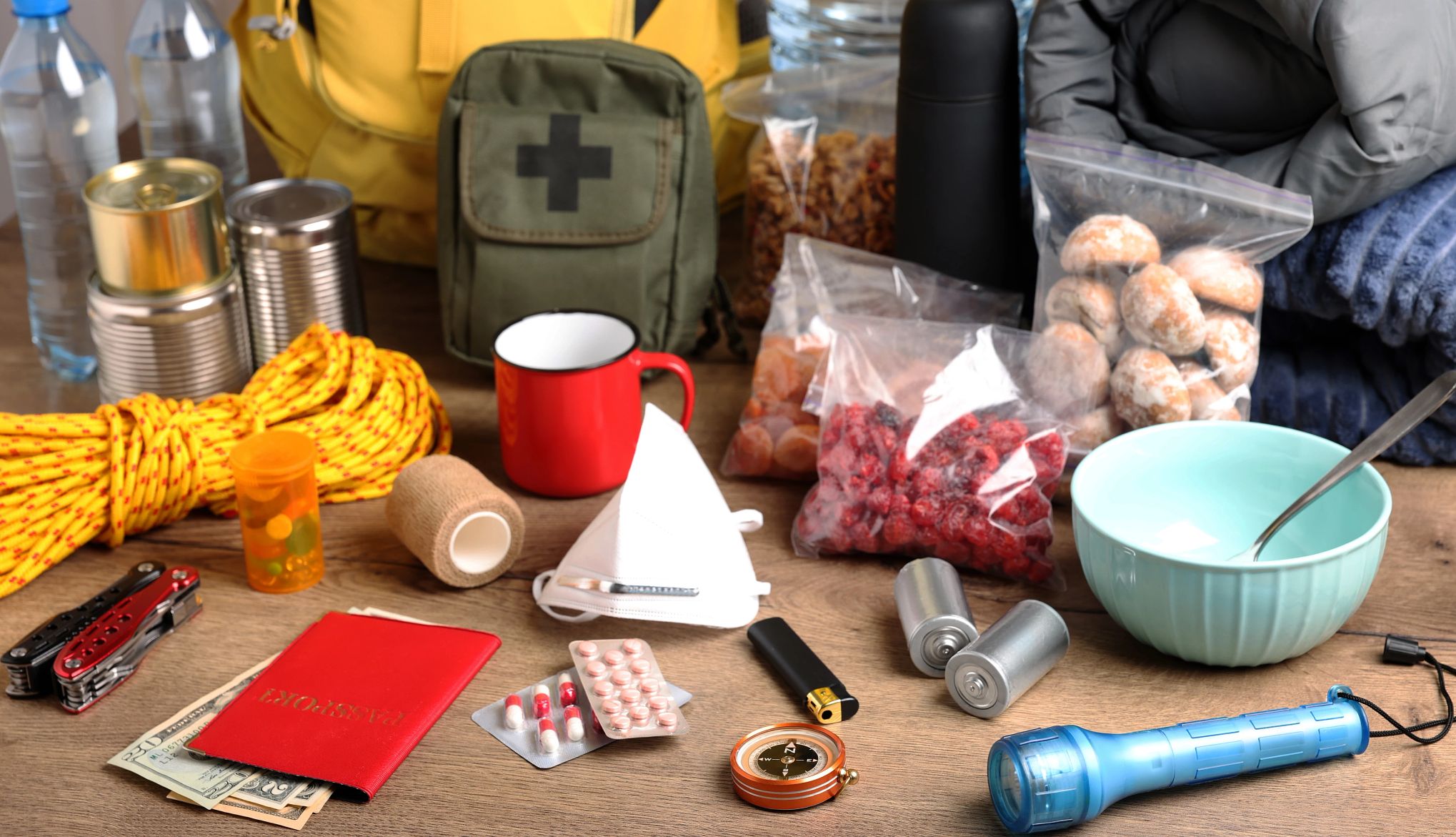AARP Hearing Center
With no significant rainfall expected until February, Southern California faces ongoing wildfire threats, amid an already devastating toll of lost lives, destroyed property, and the displacement of over 100,000 people.
As the economic impact of the blaze becomes clearer, preliminary estimates from AccuWeather place total damages and losses between $250 billion and $275 billion. If accurate, this would exceed the inflation-adjusted $201.3 billion cost of Hurricane Katrina, the costliest natural disaster in U.S. history.
In 2024 alone, there were 27 weather and climate disasters across the U.S. resulting in approximately $182.7 billion in damages, according to the National Oceanic and Atmospheric Administration (NOAA). These events included two winter storms, one wildfire, one drought, one flood, six tornados, five tropical storms or hurricanes and 11 other severe weather events. Since 1980, there have been 403 weather and climate disasters with damages at or above $1 billion, totaling an inflation-adjusted $2.917 trillion.
Here’s a look at the 10 natural disasters that caused the most monetary damage, based on data from NOAA. All dollar figures have been adjusted for inflation.
1. Hurricane Katrina


When: August 2005
Estimated cost: $201.3 billion
What first made landfall north of Miami as a Category 1 storm strengthened to a Category 3 once it hit the Gulf Coast states. Hurricane Katrina's fury caused a rise in seawater levels, wind damage and the failure of the New Orleans’ levee system, resulting in more than 1,800 deaths and displacing more than 1 million people.
2. Hurricane Harvey


When: August 2017
Estimated cost: $160 billion
The Category 4 hurricane caused historic flooding across Houston and surrounding areas. More than 30 inches of rain fell on 6.9 million people causing over 100 deaths, displacing more than 30,000 people and destroying more than 200,000 homes and businesses.
3. Hurricane Ian


When: September 2022
Estimated cost: $160 billion
Four counties in Florida reported over 20 inches of rainfall as Hurricane Ian, a Category 4, slowly crawled across the state. After downgrading to a tropical storm and moving into the Atlantic, Ian regained strength and made a second landfall in South Carolina as a Category 1 hurricane with sustained winds of 85 mph, causing significant coastal flooding.
4. Hurricane Maria


When: September 2017
Estimated cost: $115.2 billion
Puerto Rico faced the greatest amount of damage from Hurricane Maria. The island experienced widespread collapse of its transportation, agriculture, communication and energy infrastructure. The exact death toll caused by the storm is unknown. NOAA estimated nearly 3,000 deaths, but Harvard researchers put the number anywhere between 800 and 8,500.
5. Hurricane Sandy


When: October 2012
Estimated cost: $88.5 billion
The late October storm brought wind, rain and heavy snow to the Northeast when it merged with a developing nor'easter. High winds and storm surge caused the most damage to New York and New Jersey's water and electrical services, resulting in an estimated 159 deaths. The New York Stock Exchange closed for two consecutive business days for the first time since 1888.
6. Hurricane Ida


When: August 2021
Estimated cost: $84.6 billion
Ida is just one of three hurricanes in recorded history to make landfall in Louisiana with sustained winds of 150 mph. The storm heavily damaged the state's energy infrastructure leaving millions without electricity for nearly a week. In Grand Isle, Louisiana, 100% of its homes suffered damage and almost 40% were nearly-to-completely destroyed.








































































